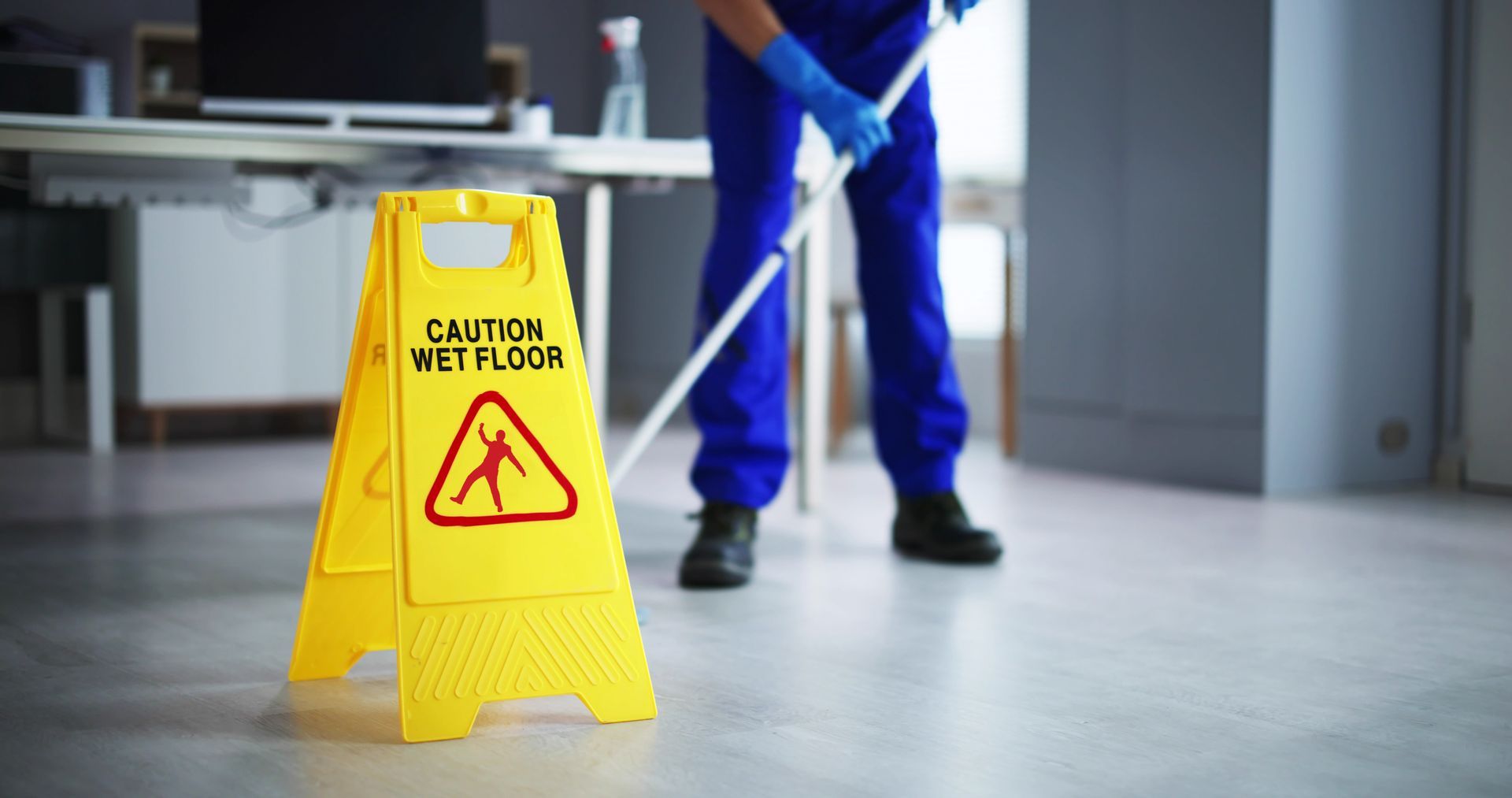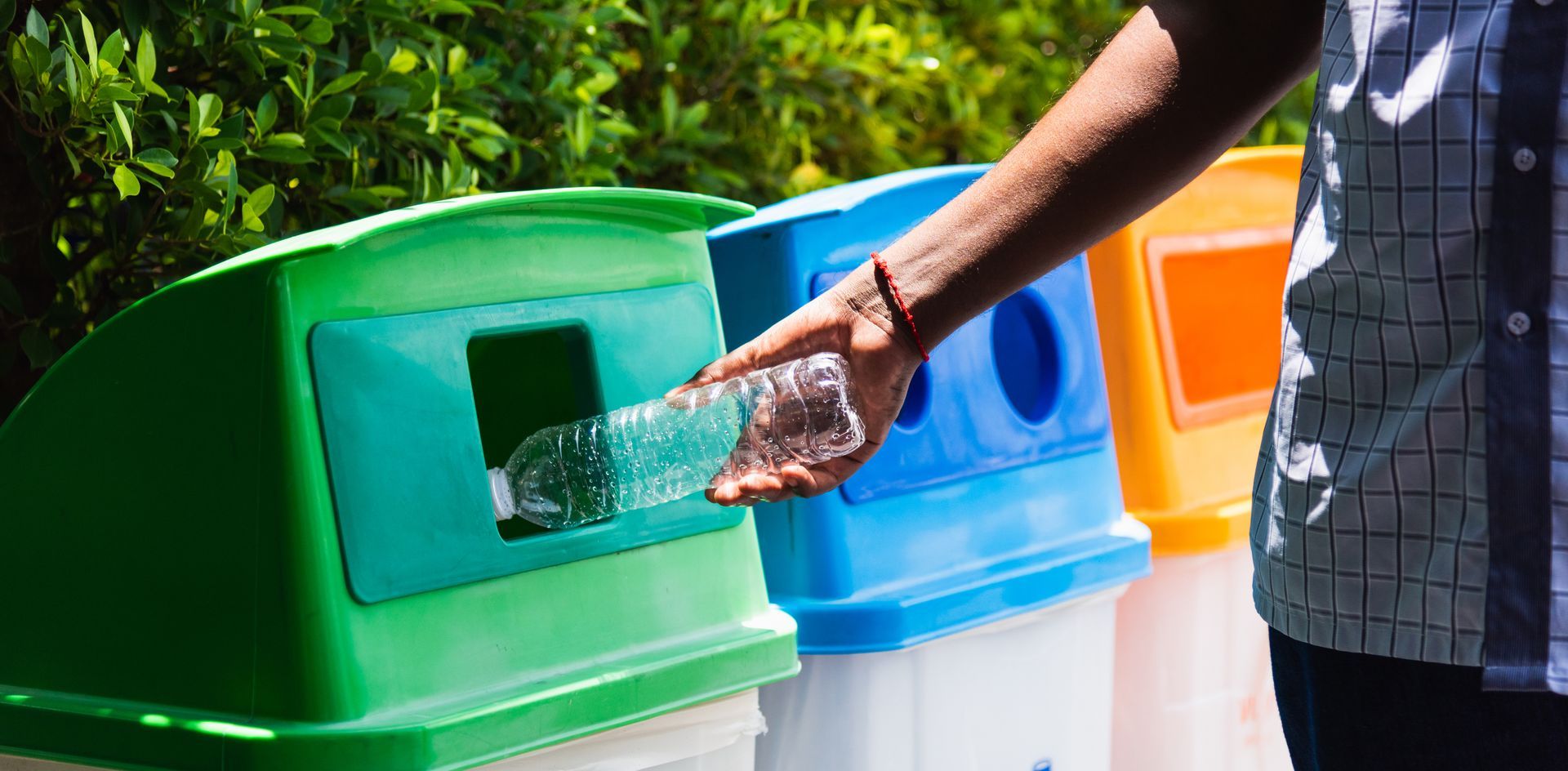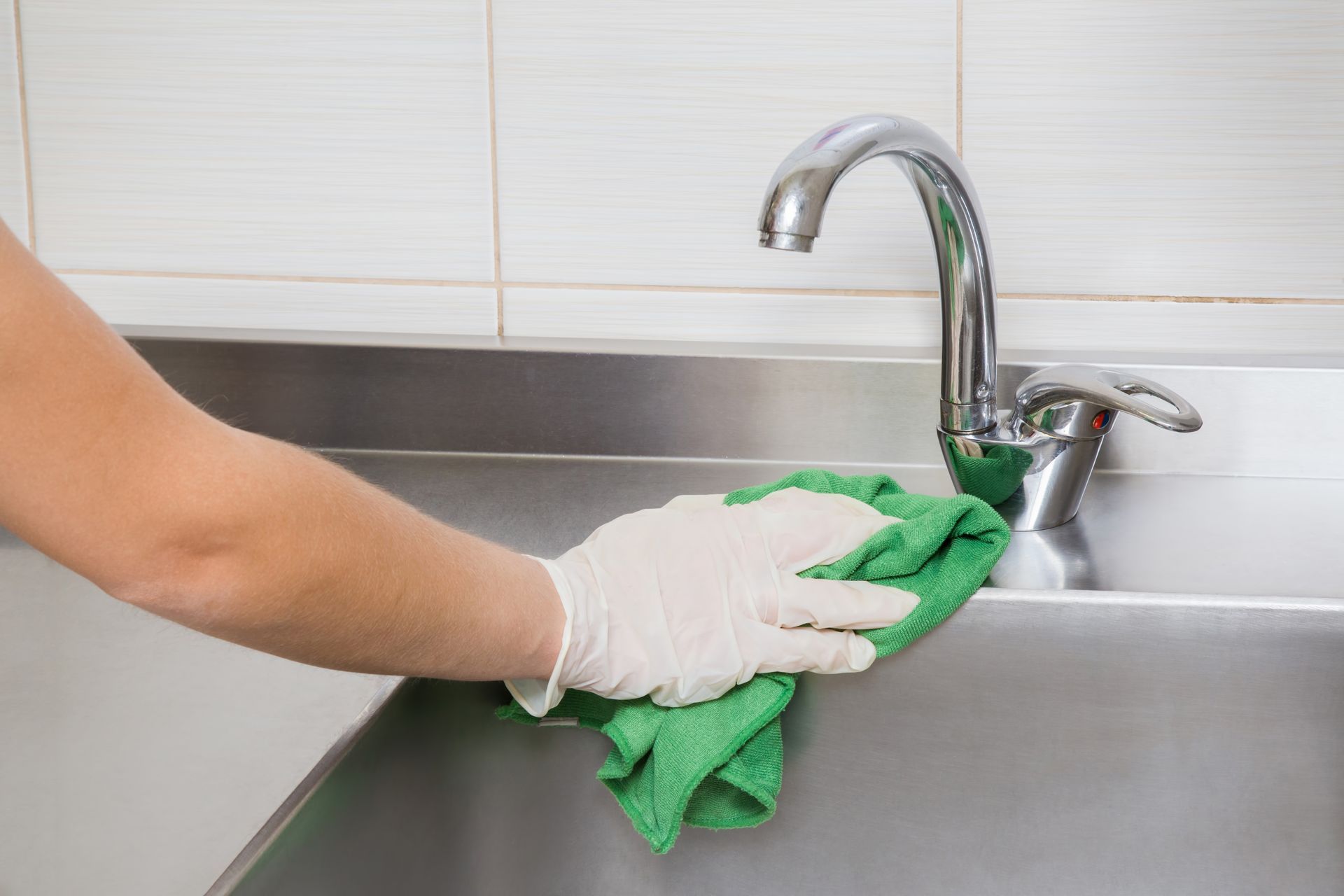Cleaning Up the Confusion: Disinfecting vs. Sanitizing
Have you ever reached for a disinfectant wipe, only to wonder if a sanitizer would do the trick? You're not alone! Many people use "disinfecting" and "sanitizing" interchangeably. While they both play a role in keeping us healthy, there are key differences to consider.
Here's the breakdown:
Disinfecting: The Big Guns
Think of disinfectants as the heavy artillery in the fight against germs. They are regulated by the U.S. Environmental Protection Agency (EPA) and meet strict criteria. According to EPA guidelines, a disinfectant must:
- Destroy all specific test organisms: This means it tackles a broad spectrum of bacteria, including those that can cause illness.
- Reduce pathogenic bacteria by 99.999% within a timeframe: This ensures a significant reduction in harmful germs within a specific window, usually between 5 and 10 minutes.
Disinfectants are often used in high-risk environments like hospitals, clinics, and food preparation areas. They're ideal for situations where eliminating virtually all bacteria is crucial.
Sanitizing: Reducing the Threat
Sanitizers are another weapon in our germ-fighting arsenal. While not as potent as disinfectants, they significantly reduce the number of bacteria on surfaces, bringing them down to a safe level. Here's what sets them apart:
- Faster acting: Sanitizers typically work within 30 seconds, which makes them convenient for quick clean-ups.
- Targets specific bacteria: They are effective against a defined range of bacteria, as specified on the product label.
- Limited effect on viruses and fungi: Unlike disinfectants, sanitizers may not be effective against all viruses and fungi.
Sanitizers are a good choice for everyday use on surfaces like countertops, doorknobs, and toys. They're also a convenient option for hand sanitization, especially when soap and water aren't readily available.
Choosing the Right Tool for the Job
Now that you understand the strengths of each approach, you can make informed decisions about which method is best for a given situation. Here's a quick guide:
- Disinfect: If someone in your household is sick, or you're dealing with high-risk areas like bathrooms or kitchens, disinfecting is the way to go.
- Sanitize: For routine cleaning of surfaces and hands, sanitizing is often sufficient.
Remember, for both disinfecting and sanitizing, it's important to follow the product label instructions carefully. This ensures proper application time and dilution ratios for maximum effectiveness.
By understanding the distinction between disinfecting and sanitizing, you can effectively keep your home and family safe from harmful germs.

Contact Info
Message Us
Working Hours
- Monday
- Open 24 Hours
- Tuesday
- Open 24 Hours
- Wednesday
- Open 24 Hours
- Thursday
- Open 24 Hours
- Friday
- Open 24 Hours
- Saturday
- Open 24 Hours
- Sunday
- Open 24 Hours


